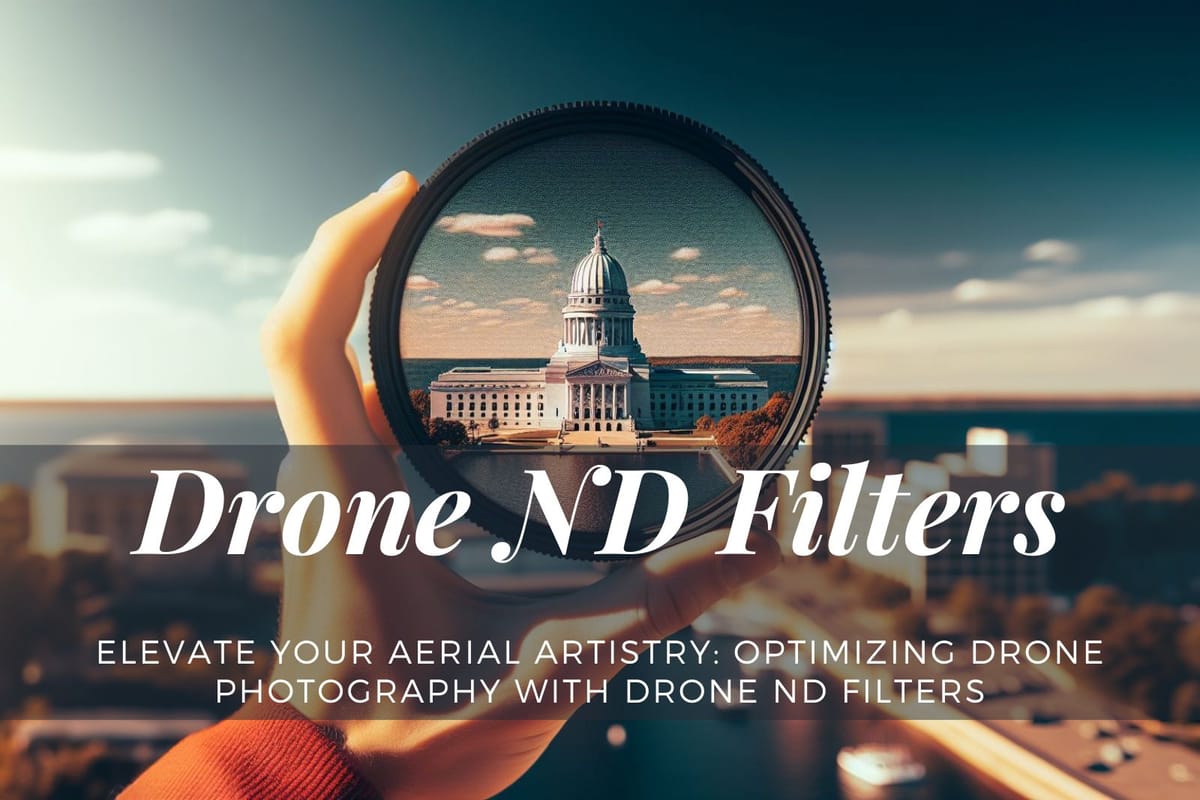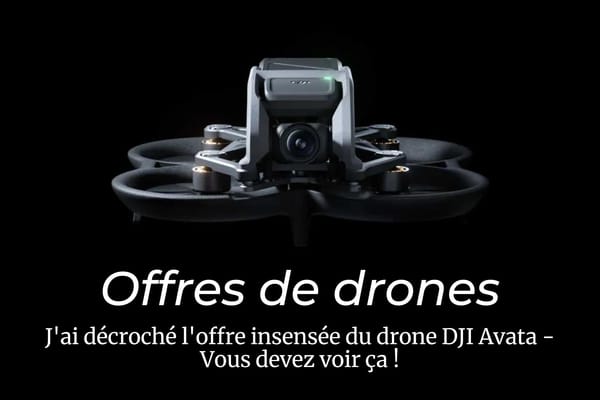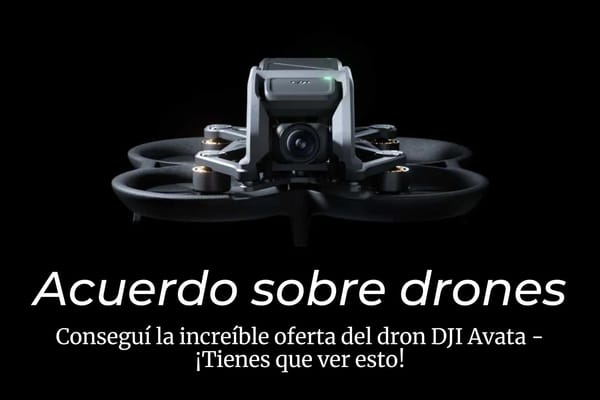Elevate Your Aerial Artistry: Optimizing Drone Photography with Drone ND Filters

Dive into the world of Drone ND Filters with me. Discover how these essential tools can transform your aerial photography, offering control over lighting and motion blur for that professional touch. Stay tuned as we delve into the science and artistry behind these game-changers in drone imagery.
Introduction to ND Filters
Neutral Density (ND) filters are an essential tool in photography and videography. They are designed to reduce the intensity of light entering the camera lens without altering its color, hence the term "neutral density". Think of them as sunglasses for your camera lens.
Think of them as sunglasses for your camera lens.ND filters are particularly useful in bright conditions where there's a risk of overexposing your images. By reducing the amount of light entering the camera lens, ND filters allow you to control the exposure of your camera, avoiding blown-out images that are overly white or too bright2. This is especially important when shooting in open spaces on bright, sunny days, or when capturing aerial footage with drones, which often have small sensors that struggle with a wide dynamic range.
In addition to preventing overexposure, ND filters also enable you to use slower shutter speeds to create motion blur in your images or videos, even when it's bright outside. This allows you to achieve the aesthetic of motion in your images, a technique commonly used in shots such as waterfalls, athletes, or vehicles. ND filters can also reduce lens flare, which is caused by light reflecting off the lens.
There are two main types of ND filters: fixed ND filters and variable ND filters. Fixed ND filters block a fixed f-stop of light from entering your camera, while variable ND filters can change from light to dark, giving you more control over the amount of light entering your camera.
ND filters come in various sizes and strengths of darkness, and they can be attached to the front of your camera lens. Some ND filters are designed to fit specific lens sizes, so it's important to check your camera's lens thread size before purchasing an ND filter.
In the following sections, we will delve deeper into the uses and benefits of ND filters, how to choose the right one for your needs, and how to use them effectively to enhance your photography and videography skills.
ND Filters for Drone Photography and Videography
In the world of drone photography and videography, Neutral Density (ND) filters play a crucial role. These filters, often likened to sunglasses for your camera, limit the amount of light that enters the camera lens, thereby providing greater control over exposure and opening up a wider range of creative options.
Drone ND filters are particularly useful in avoiding over-exposed shots in bright conditions. They can also help eliminate the "jello" effect, a type of distortion that can occur when the drone's camera is subjected to strong vibration or movement. Moreover, ND filters can extend a drone's battery life by reducing the amount of work the camera has to do.
How ND Filters Work
Drone ND filters work by reducing the amount of light entering the camera lens. This allows for a slower shutter speed, which can help capture the movement and progression of a scene, such as water or clouds, in a more natural and aesthetically pleasing way
For instance, without an ND filter, a drone photo captured using the lowest ISO and smallest aperture possible might risk overexposure. However, with the addition of an ND16 filter, the amount of light entering the lens is reduced, allowing the shutter speed to be lengthened to 1 second or longer. This results in a general smoothing of the waves and a general feel of movement.
Choosing the Right ND Filter
Choosing the right Drone ND filter is not always straightforward. Since the amount of filtering necessary changes at different times of day, having a set of ND filters of various intensities allows a drone creator to pick the right amount of filtering for the brightness in a scene.
A usual set of ND filters for a drone includes the following pieces: ND2, ND4, ND8, ND16, ND32, and ND64. The lower the value, the lighter the glass, and the less light it absorbs. Conversely, the higher the value, the darker the glass, and the more light it absorbs.
Brands of ND Filters
When shopping for Drone ND filters, it's important to look for a set that was specifically designed for your drone model. Some of the best brands of ND filters recognized by the drone community include PolarPro and K&F CONCEPT.
In conclusion, ND filters are a valuable tool for any drone photographer or filmmaker looking to improve the quality and creativity of their aerial shots. They are relatively inexpensive and easy to use, and can make a significant difference in the end result.
FAQs
- Do ND filters affect image quality?
ND filters can affect image quality if they are of poor quality or not properly installed. High-quality ND filters should not degrade image quality and can actually enhance it by controlling light exposure. - Can you stack ND filters?
Stacking ND filters is possible, but it can increase the risk of vignetting and may affect image quality. It's generally better to use a single ND filter with the appropriate density. - How do you choose the right ND filter strength?
The right ND filter strength depends on the lighting conditions and the desired effect. For example, use ND8 for partly cloudy days and ND16 or higher for bright, sunny conditions. - How do ND filters impact drone battery life?
ND filters themselves do not impact drone battery life. However, using ND filters may lead to longer exposure times, which could potentially lead to longer flight times and thus affect battery life indirectly - Can ND filters be used in low light conditions?
ND filters are generally not used in low light conditions as they reduce the amount of light reaching the sensor. In such conditions, removing the ND filter is advisable to avoid underexposure


